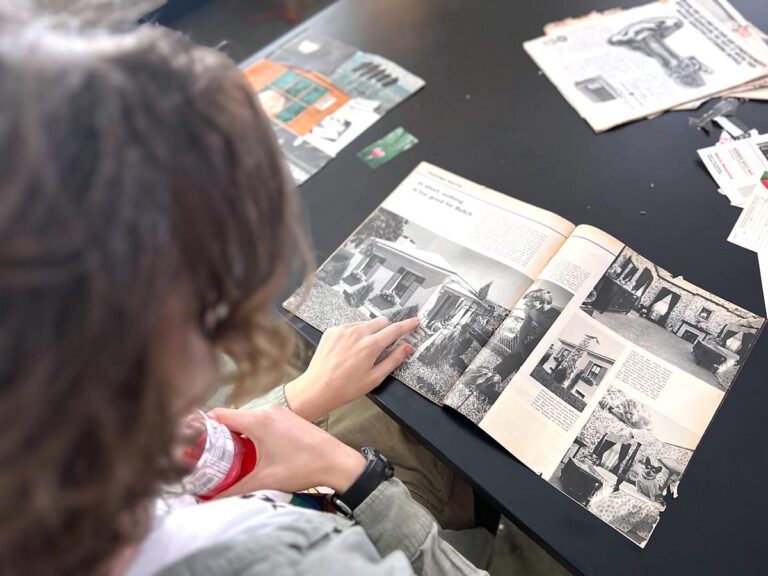I absolutely love a good curriculum review! To me, there is something reinvigorating (and a little addicting) about the ability to design and reflect on the scope and sequence of our specialized craft. We are one of the few curricular areas that still has some ownership of what we teach and how we teach it. With that freedom comes a lot of responsibility.
I am also a realist, and as such, I do realize that my first statement gave some of you “the shivers.” Curriculum review isn’t for everyone, so how do you set the stage for a successful, large-scale curriculum review?
Here are a few helpful tips I have picked up over the years.

1. Create a Leadership Team
Even if you have an art department head or fine arts coordinator, nominating a curriculum review team is a good idea. A small group will represent your K-2 team better than an individual.
2. Set Attainable Goals
At my very first curriculum review, we were given one day to work out a year-long, K-12, district-wide art curriculum. Um….what? This work is far too valuable for such an unreasonable goal. I recommend setting a year-long goal with 4-5 checkpoints along the way. Remember to maintain a meeting agenda to keep everyone on task.
3. Start BIG
Think of your art curriculum as an open umbrella. The BIG ideas at the top will be the easiest to decide because they encompass a lot of the little details below. Ignore details at first and instead, start with big picture planning pieces. Now is the time to think about crafting your mission statement, selecting standards, and choosing other initiatives (STEAM, PBL, Design Thinking etc.) that will drive your design.
4. Involve Everyone
It’s important to give everyone the opportunity to have a voice and ownership in this work. A first year teacher might have a fresh, tech-based lesson idea while a veteran ceramics teacher might be an assessment guru. You might ask others to create a visual scaffolding document of their current curriculums as preparation for a meeting. Or, one meeting might include a time for lesson-sharing once you get to the bottom of the umbrella. What art teacher doesn’t have a lesson to share?
Love it or hate it, the curriculum review process is no easy task, but, hopefully, these tips can help create an end result of which your entire team can be proud.
How do you feel about revamping curriculum?
What is your best tip for keeping an art department meeting on track?
Magazine articles and podcasts are opinions of professional education contributors and do not necessarily represent the position of the Art of Education University (AOEU) or its academic offerings. Contributors use terms in the way they are most often talked about in the scope of their educational experiences.




